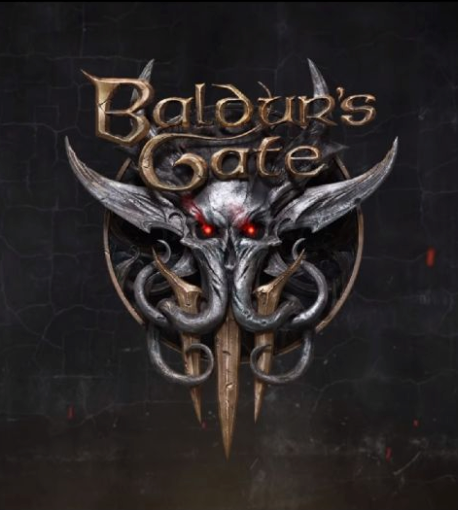Baldur’s Gate Three captured the essence of what D&D is
More stories from Kyle Basher

Baldur’s Gate Three is the best D&D video game, but it can’t compare to the original.
If you didn’t know, I am a fan of the famous tabletop roleplaying game, or TTRPG, D&D. Baldur’s Gate Three is one of the best D&D games. It’s not very hard to be when the hit tabletop game is so personal and customizable.
I was talking to a few members of my current campaign, and they shared the same idea that D&D is just too personal to make electronic. That’s the issue with any attempt to make a video game version.
How can you account for every action a player might take? How about every dialogue option? How about the stupid things a player might want to do? You can’t capture those aspects perfectly unless you let the player type in a situation and then have an A.I. somehow respond. That’s just not the technology we have.
But D&D still holds classic RPG elements like combat, classes, special abilities, and more. Baldur’s Gate covers those. While the game is still in early access, it has most of the classes from the D&D Player’s Handbook. While missing the Bard, Barbarian, and Paladin classes, it still has the rest of the different classes.
A crucial part of D&D is when your character reaches level three and gets to choose their subclass, and again, Baldur’s Gate holds up in this regard also. It has most of the subclasses from the D&D Player’s Handbook; however, that’s not the only official D&D book.
Tasha’s Cauldron of everything, Xanathar’s guide to everything, and Sword Coast Adventurer’s Guide are a few of the other official sources of D&D material. All of these introduce new subclasses. Tasha’s introduces the new class of Artificer.
Even with all those mentioned, that’s still ignoring a vast section of material: homebrew. Homebrew is one of the most beautifully horrifying features of D&D. Who needs a book? Just literally make it up yourself. If the dungeon master says yes, then it’s good to go.
Even in the campaign I’m in, we use homebrew. My character’s personal weapon is a glaive that does the damage of a greatsword, has finesse, and buffs a spell of my choice. You can’t exactly get that level of customization in the games. And no, I don’t expect you to know what half of that means.
Back to the game, compared to the other D&D games, it’s good. The looks of it are great, the customization is solid, and the game’s design is overall impressive. It lets you do stupid things.
An example of this is when you can tell a character that they know nothing about their religion while they think that you’re an apostle of it, then just tell them you’re not seconds later. It captures the same chaotic essence that D&D can have.
But the game is not perfect. My biggest gripe with it is the feel of how long it takes to travel. In and out of combat, your character moves at the same speed, which just feels so slow. A key component of D&D is dice rolling, but the game brutalizes that most of the time.
It just tells you the result, no suspense, no praying to the die for a good roll. Nothing! If it had an animation that showed a dice rolling, it’d feel so much better. Calculating why you did so much damage is fun. knowing how far off your roll was from hitting is much more satisfying than simply saying “miss.”
Overall, Baldur’s Gate Three is an enjoyable entrance to the realm of D&D. it’s a great novelty and a blast to play, but if you want to see what D&D is about, just play D&D.

After taking a gap year, Audrey is entering her second year on staff for The Central Trend. In her free time, you can find her reading, practicing music...
























































































